In Rwanda’s Eastern Province, farmland is turning to dust. Claudine Mukawera sifts through soil that once fed her family—now lifeless under a relentless sun. Across the region, farmers like her battle a climate crisis that worsens each season, threatening their livelihoods and food security.
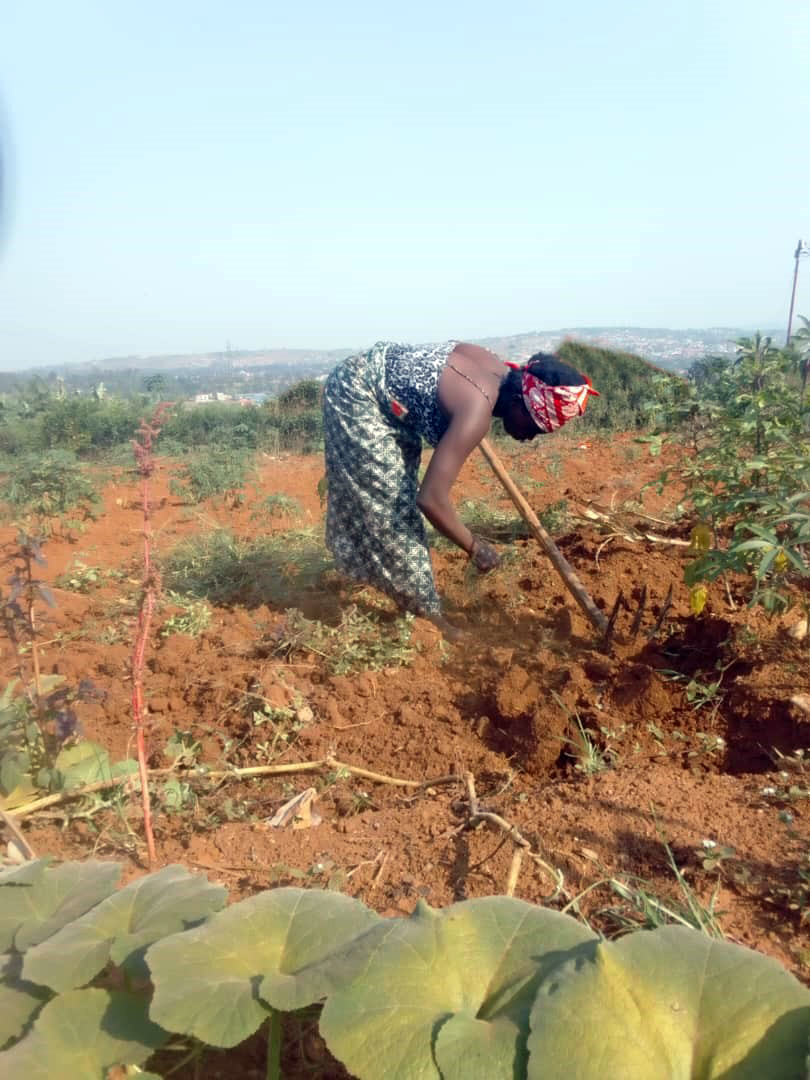
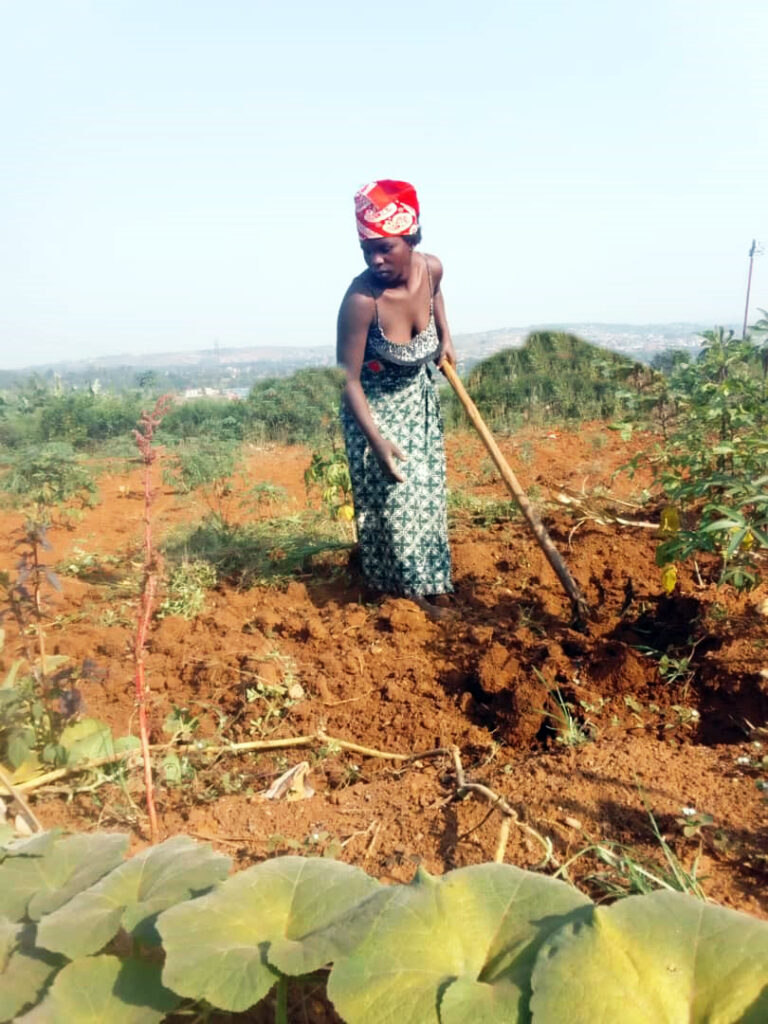
Claudine’s experience is far from unique. In Kayonza District alone, more than 24,000 hectares of farmland have been abandoned due to severe droughts and shifting weather patterns.
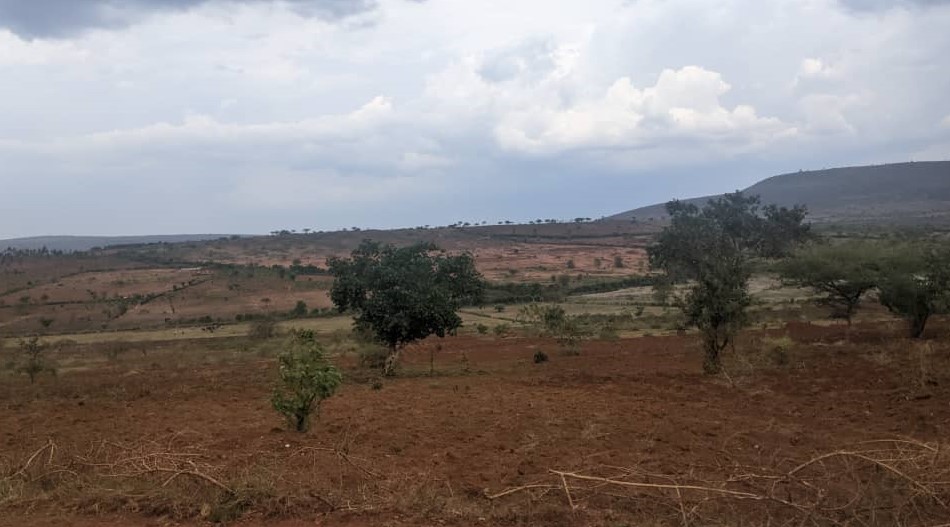
In Nyagatare District, Matimba Sector, maize farmer Innocent Manirareba, 52, a father of three, plows through his once-thriving field, staring at the cracked earth. His maize, once a symbol of hope, now withers under the scorching sun.
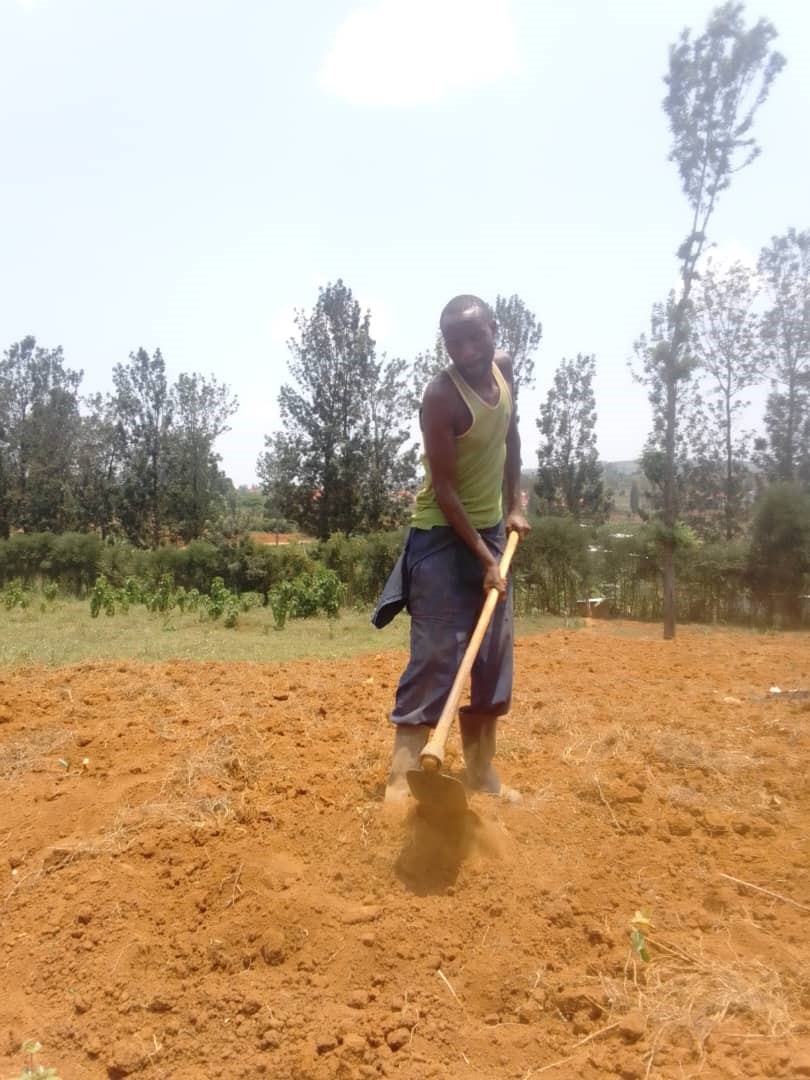
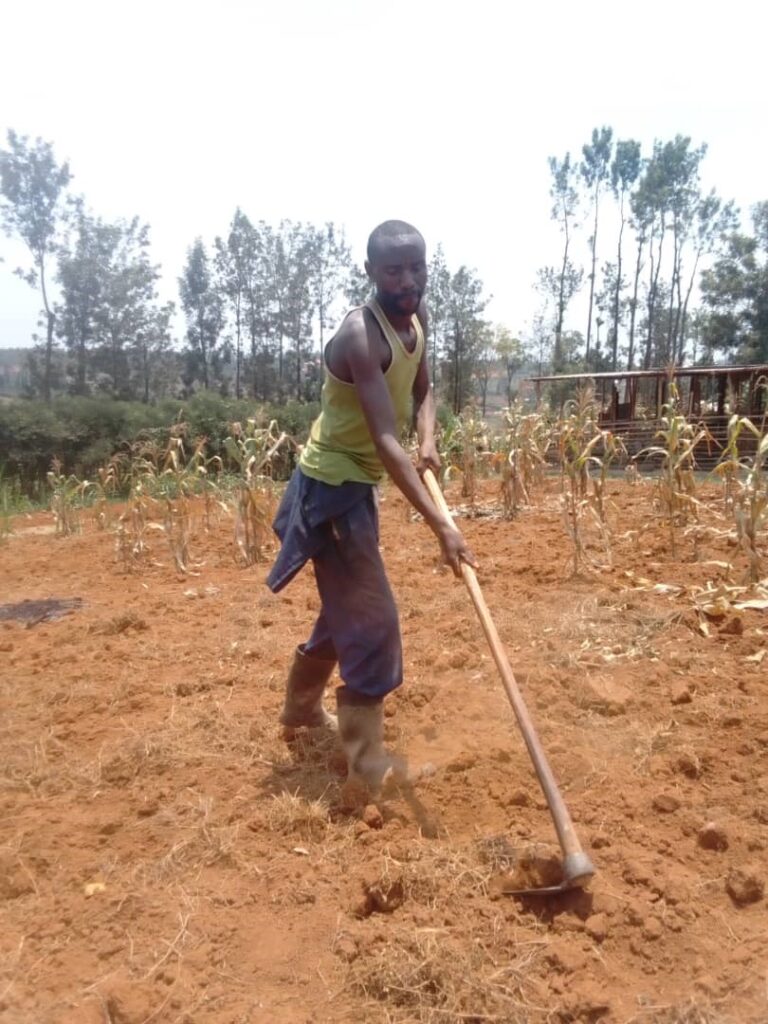
“The rains used to follow the farming calendar,” Innocent says, shaking his head. “Now, they either come too late or not at all. My crops die before I can even harvest them.”
Further in Ngoma District, Jarama Sector, Ibrahim Kayitare struggles to till his parched field. Frustration and desperation are clear in his voice as he digs into the lifeless soil.
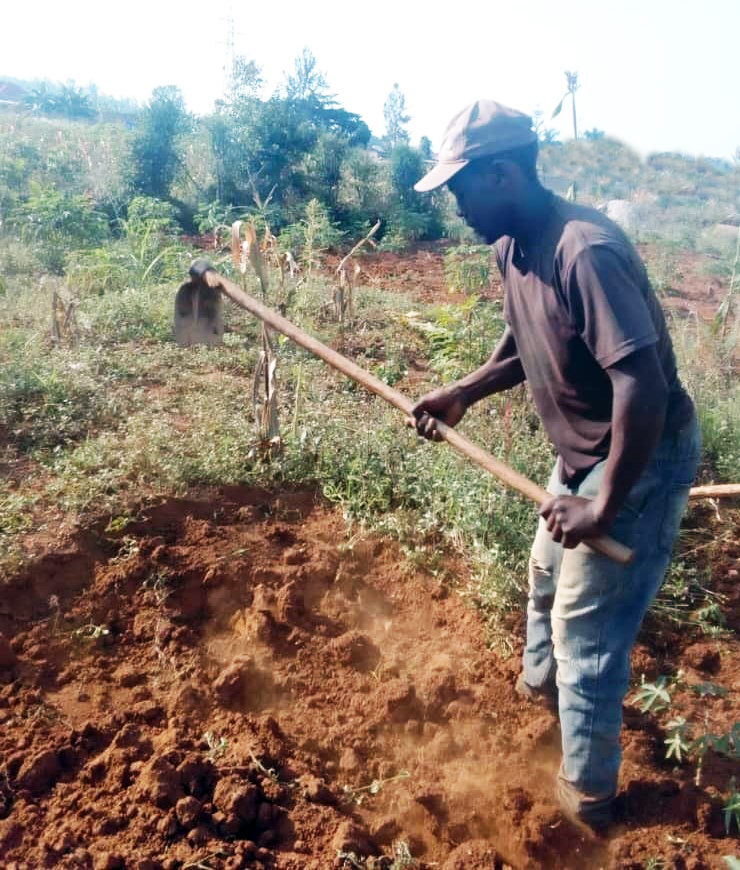
“This farm is my livelihood,” Ibrahim says. “But this season, we have nothing. My wife and children are hungry, and I don’t know where to turn.”
These drought conditions have led to crop failures, food insecurity, and rising poverty levels. Efforts are underway to implement sustainable solutions, including irrigation projects and watershed management, to mitigate the adverse effects of low rainfall.
Scientific Evidence of Climate Change in Rwanda
The cause of these agricultural struggles is no coincidence. According to the Rwanda Meteorology Agency, Rwanda has warmed by 1.4°C since 1970, with temperatures projected to rise another 2°C by the 2030s. The combination of increasing temperatures and erratic rainfall is wreaking havoc on farmers across the country.
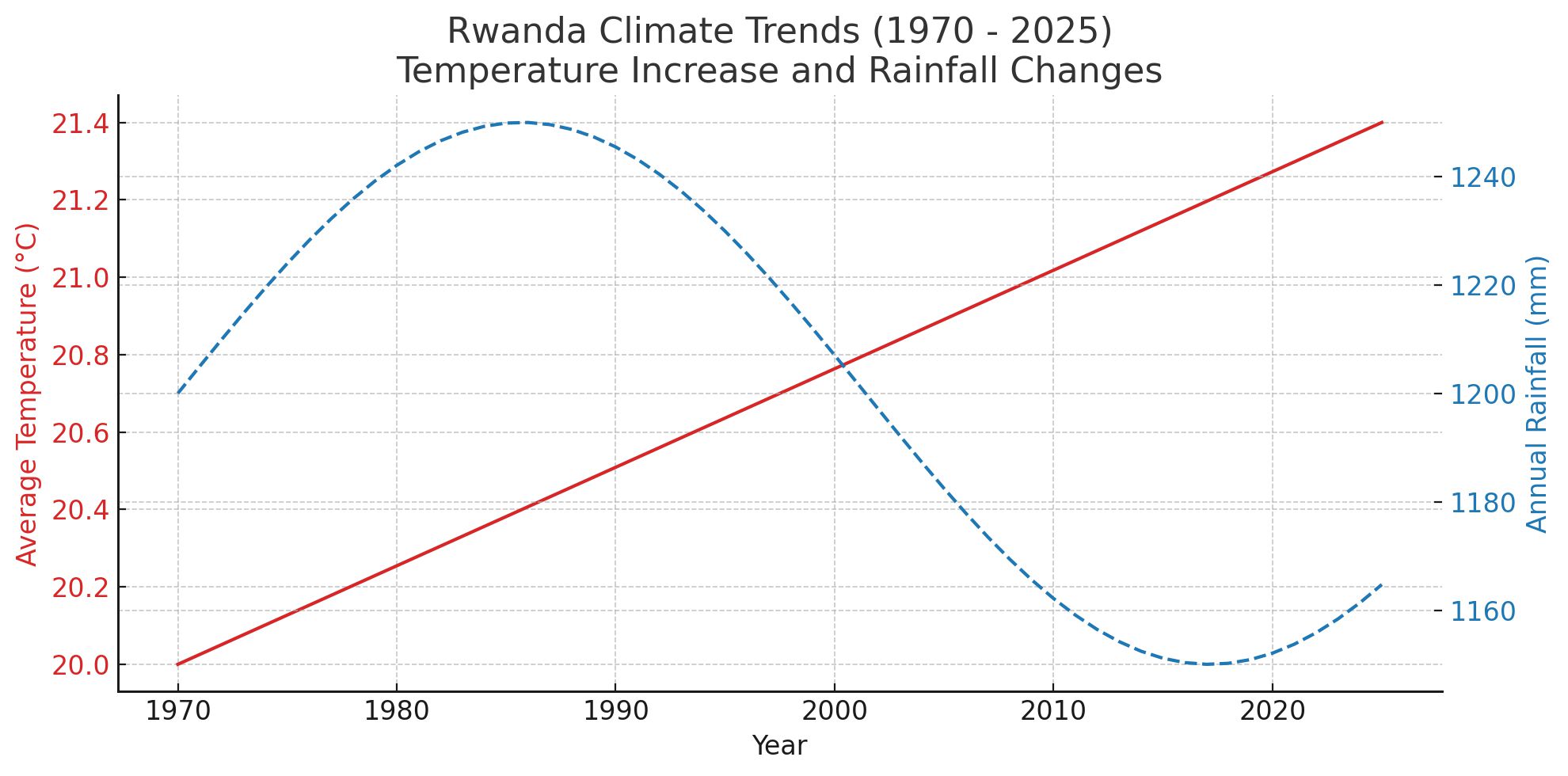
“The long rainy season has dropped by over 200mm in rainfall, while the short rains have decreased by a similar amount,” says Dr. Aimable Gahigi, a senior meteorologist. “When the rains do come, they arrive in torrents, flooding fields and eroding soil. When they don’t, the land becomes dry and barren.”
The weather forecast for January 2025 painted a troubling picture. The third dekad of January brought rainfall ranging from 0 to 100mm—slightly above the Long-Term Mean (LTM)—but with erratic distribution. Some areas, like parts of Nyagatare and Gatsibo, received up to 60mm, while others, like Ngoma and Kirehe, saw less than 20mm. Moderate wind speeds of 4 to 8 m/s further exacerbated agricultural losses.
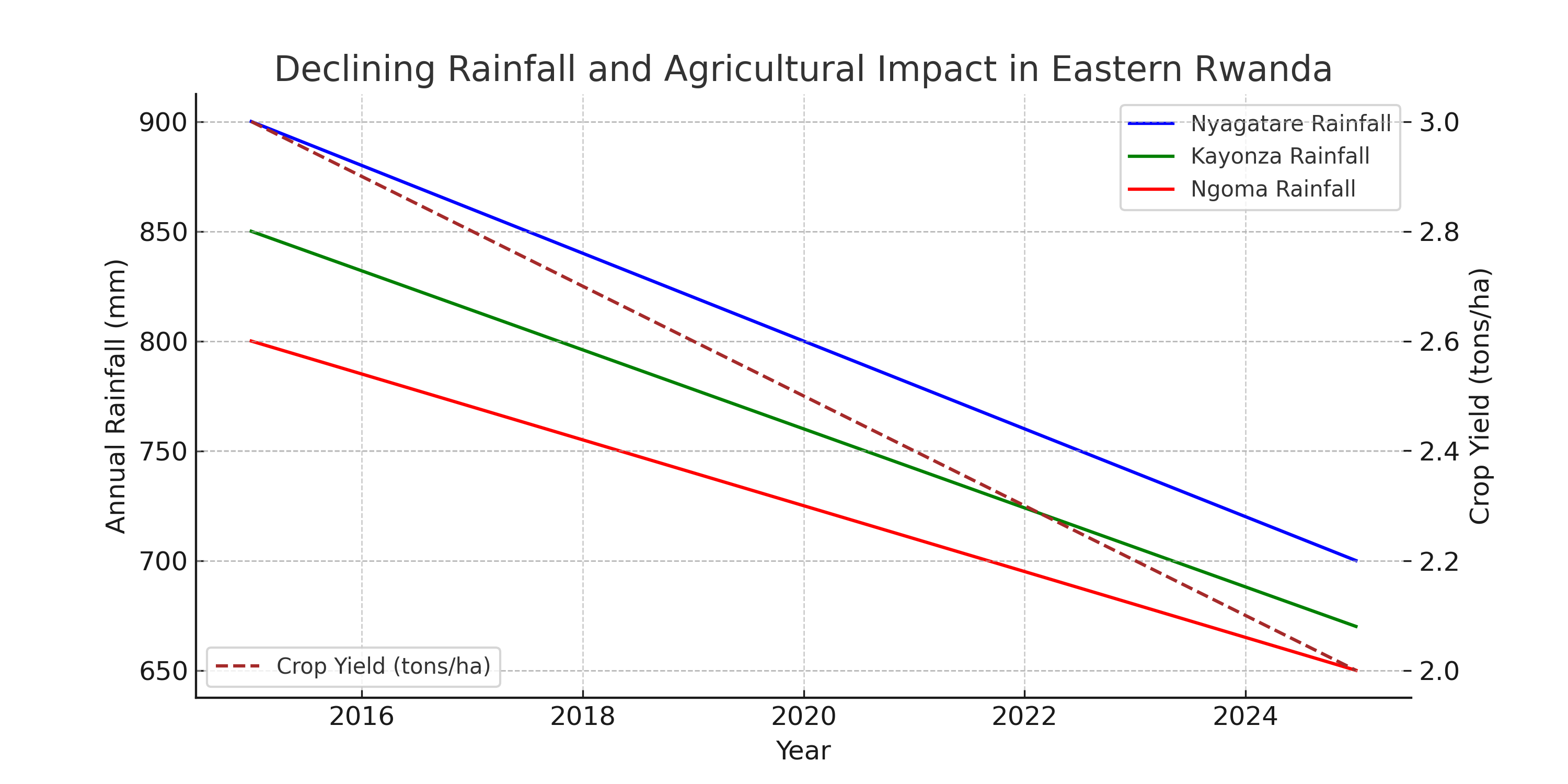
Beyond just the lack of rain, shifting weather patterns have confused farmers about when to plant and how to manage their fields. The resulting crop diseases, pests, and reduced yields have devastated livelihoods.
“We’re losing more crops to pests and diseases,” says Innocent from Nyagatare. “This never used to happen before, but now the weather has changed so much that we can’t predict anything. My household’s harvests are far below average.”
Adaptation Strategies: Hope Amidst Crisis
Despite these challenges, some farmers are finding ways to adapt. Agroforestry is becoming a key strategy. In Ngoma, a cooperative of farmers has embraced planting trees alongside their crops. These trees help restore degraded land, improve soil health, and retain moisture—offering a lifeline in the face of unpredictable weather.
“The trees help us keep the soil healthy and retain moisture,” says Mutoni Uwase, a farmer involved in the agroforestry project. “When the rains are unpredictable, the trees help our crops survive.”
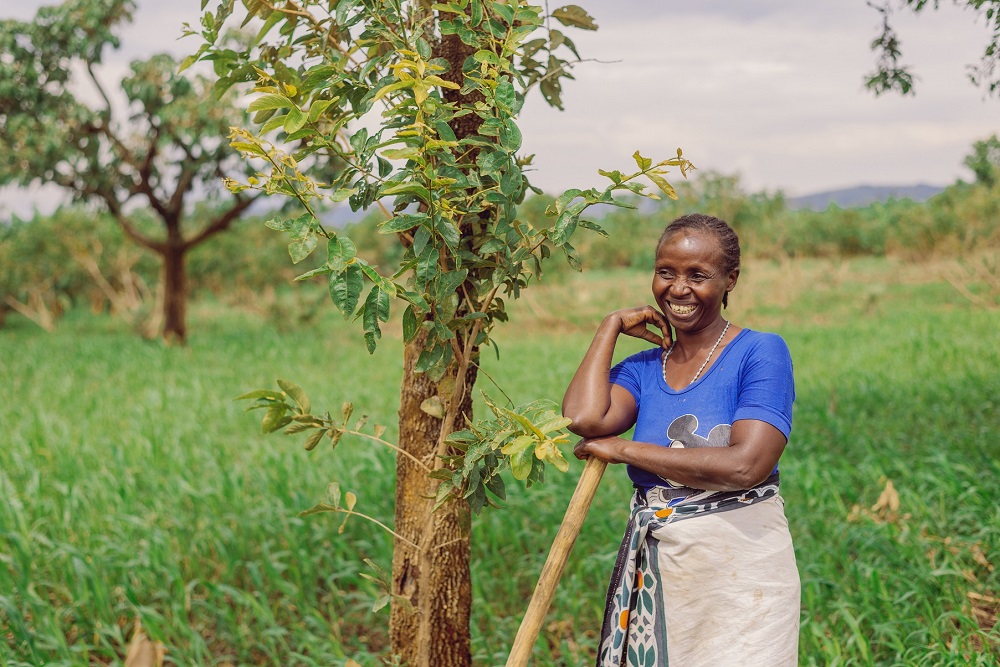
Farmers are also turning to rainwater harvesting systems, ensuring they have a reliable water source during dry spells. Amina, a farmer who installed such a system, shares how it transformed her ability to grow crops.
“Before, we had to wait for the rains, but sometimes they never came,” Amina explains. “Now, we have water whenever we need it. My crops are healthier, and I can feed my children.”
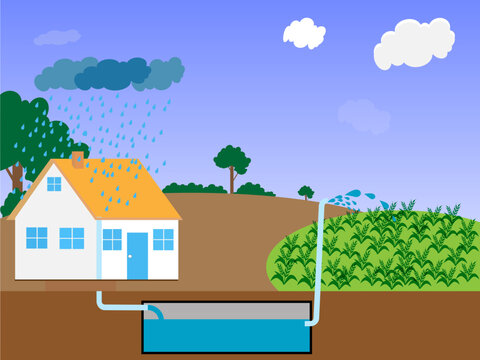
Solar-powered irrigation systems are also proving to be a game-changer. Paul, a farmer in Nyagatare, describes how solar irrigation has revived his farming prospects.
“The system has changed everything,” Paul says, smiling as he surveys his strong, healthy crops. “We’re using less water, and our crops are stronger. I can actually see a future now.”
Government and Global Support: The Way Forward
The Rwandan government is actively supporting farmers in their fight against climate change. Dr. Patrick Karangwa, Director General of Agriculture Modernization at the Ministry of Agriculture and Animal Resources, emphasizes the government’s commitment.
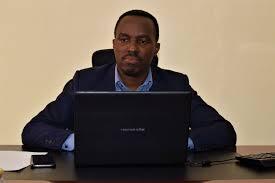
“We are providing drought-resistant crops, better irrigation systems, and weather forecasting technologies to help our communities,” Dr. Karangwa says. “But we cannot do it alone.”
Programs like the Transforming Eastern Province through Adaptation (TREPA) project aim to restore degraded lands and promote climate-smart agricultural practices. Jean Damascene Ndayambaje, a field project manager for TREPA, highlights its impact.
“The TREPA project is at the heart of our response to climate challenges,” Ndayambaje explains. “By restoring degraded lands and promoting climate-smart agriculture, we are not only helping farmers adapt but also empowering them to build more resilient livelihoods.”
Despite these efforts, more support is needed. Local governments and NGOs are working together to provide farmers with the tools and knowledge necessary to adapt. Ndayambaje stresses that collaboration is crucial:

“We understand that we cannot tackle this issue alone. The government, in partnership with other stakeholders, is providing farmers with the resources they need to adapt—such as climate-smart agricultural training and income diversification strategies to reduce reliance on rain-fed agriculture.”
A Call for Global Action
The stakes are high. Climate change is a global issue, and Rwanda’s farmers are among the most vulnerable. According to the United Nations Food and Agriculture Organization (FAO), Sub-Saharan Africa—where Rwanda is located—faces increasing risks of drought, affecting food production and threatening millions of lives.
“Rwanda’s farmers need global support,” Dr. Gahigi urges. “Developed nations must step up and help countries like Rwanda adapt to these changes through climate financing and technological assistance.”
The resilience of Rwanda’s farmers is a testament to their determination, but more support is necessary. The climate crisis is a shared problem that demands a collective response.
“We’ve always found ways to adapt before, and we’ll find a way again,” Mutoni says, looking toward the trees she planted. “But we need help. This is bigger than any one of us.”
What Can Be Done?
To safeguard Rwanda’s agricultural sector against climate change, experts emphasize the need for sustainable solutions, including expanded irrigation, drought-resistant crops, advanced weather forecasting, and increased global climate financing.
“We must act now to equip farmers with affordable irrigation systems, climate-smart farming techniques, and reliable weather forecasts,” says Marcel Ruzindana, a climate resilience expert. “Without urgent investment, Rwanda’s food security will remain at risk.”
By; John Mugisha.R











